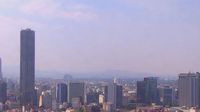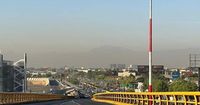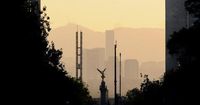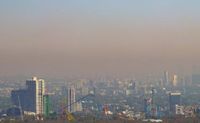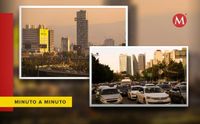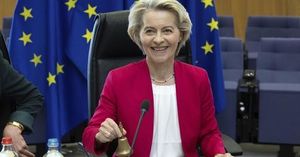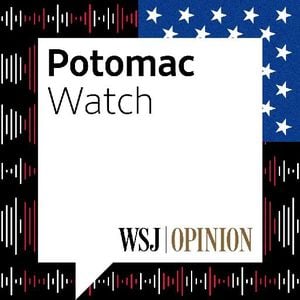On March 19, 2025, air quality conditions remained dire across Mexico City and the Valley of Mexico, prompting authorities to maintain Phase I of the atmospheric environmental contingency. The Comisión Ambiental de la Megalópolis (CAMe) indicated that the high levels of ozone and other pollutants were above permissible limits, affecting the health of residents in the area.
The air quality index, reported by CAMe, noted that as of 2 PM, much of the Mexico City metropolitan area was categorized as "MALA," indicating a high risk to health. This alarming status was confirmed earlier in the day, with three specific boroughs, Iztacalco, Iztapalapa, and Tláhuac, showing particularly poor air quality conditions, also flagged as "MALA." The report indicated that these conditions persisted despite any reductions in vehicular traffic due to ongoing restrictions.
According to the forecast, a high-pressure system, coupled with low humidity and weak winds, has trapped pollutants, exacerbating the air quality crisis. As a result, the CAMe reaffirmed the need for residents to limit outdoor activities, especially between 1 PM and 7 PM when pollution levels peak.
Weather conditions further complicated the air quality challenges. Temperatures hovered around 26°C with humidity at 20%, while low wind speeds at 10 km/h from the NNE contributed to the stagnation of warm air and associated pollutants. On the same day, the UV radiation index climbed to extremely high levels, leading the authorities to recommend wearing sun protection and limiting direct sun exposure.
Given the severe pollution levels, local authorities reactivated the "Doble Hoy No Circula" program, effective from 5 AM to 10 PM, which restricts specific vehicles from circulating in the metropolis to reduce air pollution. This includes vehicles without verification stickers and those whose plates end in designated numbers, aiming to control the number of cars on the roads.
For those vulnerable to respiratory issues—such as children, the elderly, or individuals with pre-existing cardiovascular conditions—the CAMe urges additional caution. Individuals are advised to avoid vigorous outdoor activities and to minimize exposure to polluted air. The recommendations included using air filtration systems indoors and keeping windows closed to reduce outdoor air infiltration.
As officials assessed the ongoing crisis, they noted that fluctuating temperatures and high levels of ozone remain a persistent issue for the region. This pollution is primarily attributed to emissions from vehicles, industrial processes, and the burning of fossil fuels. Considering this, the CAMe stressed the importance of remote working solutions and online shopping to further diminish travel and emissions.
The situation has led to widespread public concern, with many residents expressing frustration about the continual environmental deterioration. "The limitations on circulation don’t seem to help much; we are still exposed to harmful pollution levels," noted a concerned citizen, reflecting a common sentiment among the populace. The authorities acknowledged these concerns but emphasized the necessity of strict measures to manage air quality.
Despite efforts, the air quality in Mexico City shows little sign of improvement, especially outside the rainy season, which runs from June to September. This indicates that immediate and sustained action is essential to combat the air pollution crisis. Officials will continue to monitor air quality metrics, regularly updating the public and making necessary adjustments to restrictions based on real-time data.
In the meantime, preventive health measures and behaviors are being encouraged citywide, including simple adjustments in daily routines that can lessen exposure to harmful air. Education about pollution and its impacts has become pivotal as authorities aim to engage with the community and inform them about protective measures.
The CAMe is expected to issue further updates, particularly regarding updates to air quality index measurements and potential continuations of the contingency measures throughout the week. Public health continues to be the priority amid ongoing environmental challenges, as officials balance upholding public safety with the structured limitations on daily activities necessitated by the severe pollution crisis.
